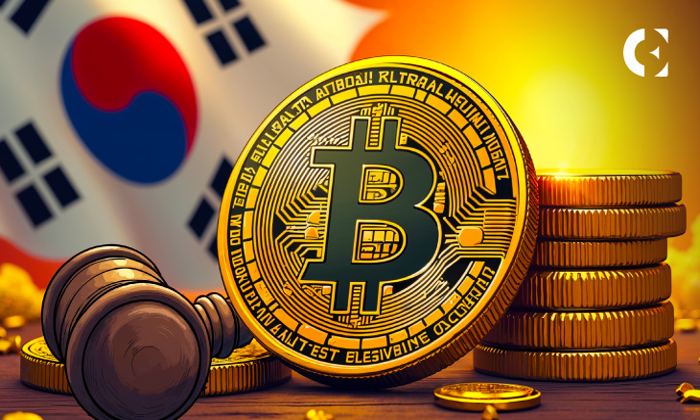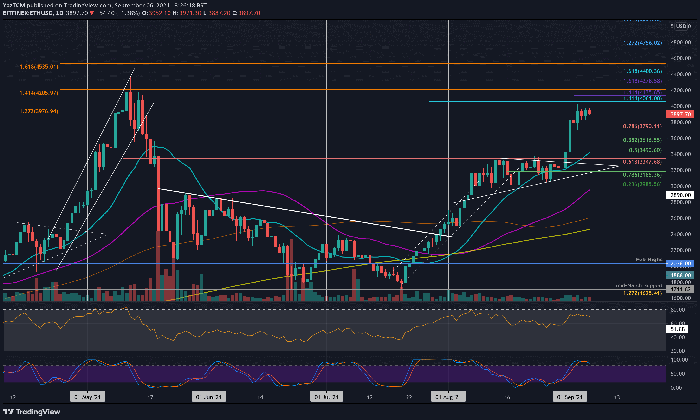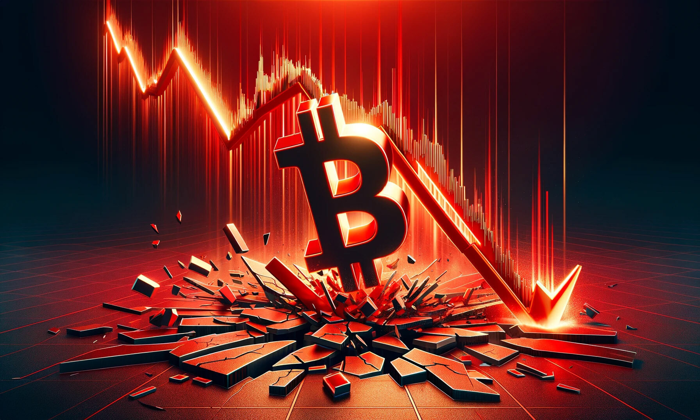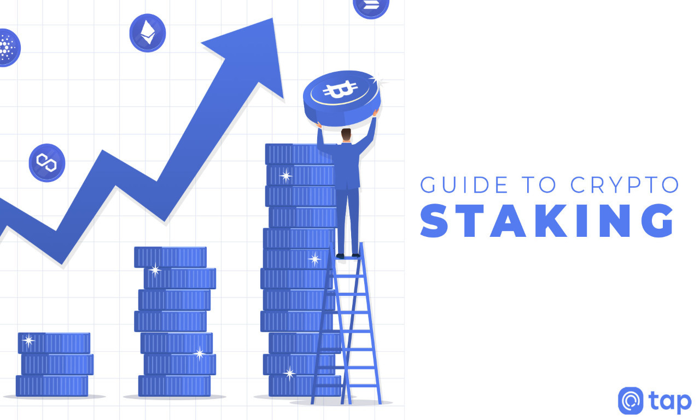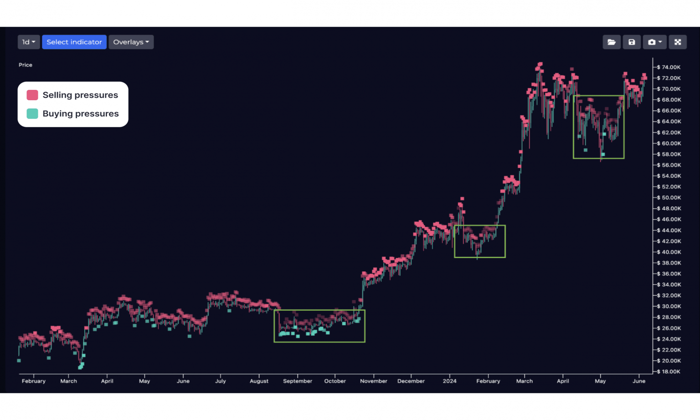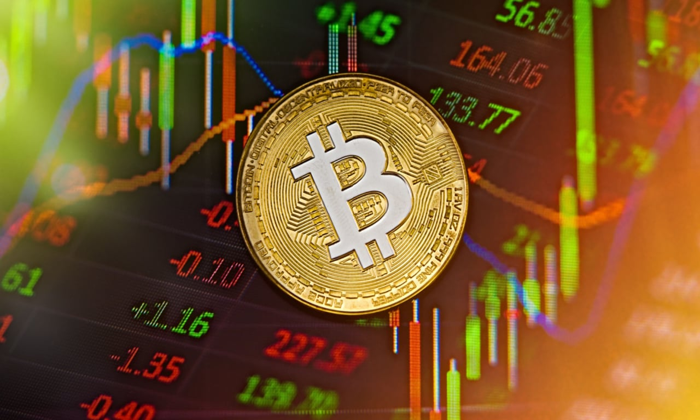The recent Monero price surge, marked by a staggering 50% increase, has sparked significant interest within the cryptocurrency community. This dramatic rise can be traced back to a major crypto scam, where thieves extracted over $330 million in Bitcoin from an unsuspecting elderly investor. As blockchain analytics expert ZachXBT investigates the theft, he noted that the funds were rapidly converted to Monero, a popular privacy coin, through various exchanges. With the theft involving a colossal 3,520 BTC, the liquidity constraints in Monero’s markets amplified this price spike, raising questions around security and the potential for crypto scams in the industry. The incident underscores the ongoing vulnerabilities in digital asset security, particularly as the rise of digital currency fraud continues alongside innovations like Monero.
In the world of digital currencies, the recent spike in Monero values has drawn attention to the increasing incidence of cryptocurrency fraud. Amidst a backdrop of criminal activity involving the theft of significant Bitcoin sums, the surge in interest for Monero, often seen as a crypto asset with exceptional privacy features, has raised eyebrows. Analysts are delving into the connections between high-profile theft incidents and the use of privacy coins, which obscure transaction trails. The ongoing ZachXBT investigation sheds light on the motivations behind these scams and the mechanics of how stolen funds often find their way into Monero. Such events have left investors pondering the security of their assets while highlighting the persistent risks of Bitcoin theft and related cyber crimes.
The Impact of Crypto Scams on Market Dynamics
Crypto scams, such as the recent theft of 3,520 BTC, highlight significant vulnerabilities within the digital currency ecosystem. These incidents not only impact the victims but also create ripples across the entire market. When substantial amounts of cryptocurrency are siphoned off, they trigger fluctuations in the prices of various coins, as seen with the Monero price surge following the heist. Tricks involving social engineering scams prey on unsuspecting individuals, and as they become more sophisticated, they pose a growing threat that can lead to widespread panic and a temporary decline in market confidence.
Moreover, the interplay between such scams and the visibility of privacy coins like Monero is crucial to understand. Since these coins facilitate anonymity and are often used to launder stolen funds, regulatory scrutiny may increase in response to high-profile thefts. Thus, the cycle of scam occurrences and market reactions can create a feedback loop that leaves investors wary, contributing to volatile pricing trends in the short-term, as evidenced by the sharp rise in Monero’s value following the recent crime.
Monero’s Rising Popularity Amidst Security Threats
Monero, known as a privacy coin, has gained traction not only for its unique transaction capabilities but also as a refuge for individuals seeking to protect their financial data from prying eyes. This surge in interest is illustrated by the recent 50% increase in Monero’s price, which seemingly stems from the aftermath of a substantial cryptocurrency scam. As investors look for secure alternatives amidst rising threats from hacks and scams, Monero’s inherent anonymity becomes increasingly appealing, driving demand even higher.
However, this uptick in popularity due to security concerns also poses risks. As criminals continue to exploit Monero’s privacy features to launder funds from scams like the recent Bitcoin theft, the currency may face heightened regulatory scrutiny. Authorities around the globe are increasingly attentive to how privacy coins can be used to facilitate illegal activities, which could influence future liquidity in Monero’s markets and impact its price stability.
ZachXBT’s investigative reports suggest that the ongoing attention on Monero, especially in relation to the $330 million scam, may lead to broader discussions about cryptocurrency regulation. While privacy coins are crucial for protecting users, the narrative around their use in illicit activities could potentially hinder their growth as mainstream financial instruments.
Frequently Asked Questions
Did the recent Monero price surge relate to crypto scams?
Yes, the recent surge in Monero’s (XMR) price, which saw a 50% increase, was significantly influenced by a major crypto scam. After a $330 million theft involving 3,520 BTC, the stolen funds were laundered through Monero, causing its price to spike due to the limited liquidity in its markets.
How did the Bitcoin theft impact the current Monero price?
The large-scale Bitcoin theft of 3,520 BTC directly impacted the Monero price by triggering a 50% surge. This happened as hackers converted stolen Bitcoin through various exchanges into Monero, exploiting the coin’s privacy features and low market liquidity.
What role did ZachXBT play in investigating the Monero price surge?
ZachXBT, a blockchain detective, provided insights into the Monero price surge following the theft of 3,520 BTC. He tracked the stolen assets’ movement through centralized exchanges, confirming that their conversion into Monero was a key factor in the spike of its price.
Why is Monero considered a privacy coin amidst rising crypto scams?
Monero is classified as a privacy coin because it emphasizes anonymity and transaction untraceability. This characteristic has made it a preferred method for laundering stolen crypto assets, contributing to its price surge triggered by the recent crypto scams.
What security implications does the Monero price surge imply for future crypto scams?
The Monero price surge following the recent crypto scams underscores the need for enhanced security measures within the crypto industry. As thieves leverage privacy coins to convert stolen assets, it raises concerns about the vulnerability of crypto exchanges and the overall safety of digital currencies.
Are social engineering attacks linked to the Monero price surge?
Indeed, the social engineering attack that led to the $330 million Bitcoin theft is linked to the Monero price surge. The stolen funds were laundered using Monero, highlighting how such scams can impact the price dynamics of privacy-focused cryptocurrencies.
How do experts view the implications of Monero’s price surge due to crypto theft?
Experts view the implications of Monero’s price surge with concern, as it highlights the ongoing threat of crypto theft and scams. The rise in Monero’s price due to its use in laundering stolen crypto raises questions about the effectiveness of current security measures in the crypto market.
What trends are emerging in the crypto industry related to scams and Monero price movements?
Recent trends indicate an alarming increase in crypto scams, coinciding with unexpected price movements in privacy coins like Monero. The interconnectedness of thefts and price surges prompts further investigation into how the market reacts to illicit activity.
Could Monero’s price experience future surges from other crypto scams?
Yes, it is possible for Monero’s price to experience future surges as long as crypto scams continue to exploit its privacy features for laundering stolen assets. Monitoring the crypto landscape is crucial to understanding how such events may influence Monero’s market behavior.
| Key Points |
|---|
| A $330 million scam involving the theft of 3,520 BTC led to a 50% surge in Monero’s price. |
| The stolen funds were converted into Monero through multiple exchanges, causing limited liquidity issues and driving the price up. |
| ZachXBT’s investigation revealed the scam involved social engineering targeting an elderly victim in the U.S. |
| The identity of the hackers remains unknown, although speculation suggests independent actors rather than well-known groups like Lazarus. |
| This incident is part of a larger trend of significant hacks and scams in the crypto space, with over $1.6 billion stolen recently. |
Summary
The recent Monero price surge is intricately linked to a $330 million scam involving a substantial theft of Bitcoin. This incident highlights the volatility and risks inherent in the cryptocurrency market, as the surge was triggered by the illicit conversion of stolen funds into Monero, which is known for its privacy features. As investigations continue, experts are increasingly discussing the broader implications for crypto security and regulations, emphasizing the necessity for improved protections against such scams.
The recent Monero price surge has turned heads in the cryptocurrency realm, predominantly triggered by a shocking $330 million crypto scam. This massive theft, involving 3,520 BTC from an unsuspecting elderly investor, initiated a flurry of activity as the stolen funds were funneled through various exchanges before being converted into Monero, also known as a privacy coin. The resultant spike of 50% in the Monero price reflects a complex interplay between illicit activity and market dynamics. With blockchain investigator ZachXBT on the case, insights into the nature of this conversion have shed light on how cryptocurrency crimes, like Bitcoin theft, can influence asset valuations. While scams continue to plague the industry, the implications of such events on the price trajectory of Monero are worth exploring further.
The recent surge in the valuation of Monero, a prominent privacy-focused cryptocurrency, has raised eyebrows, especially in light of a notorious crypto scandal. This incident, which saw the illicit extraction of over $330 million in Bitcoin, led to a significant uptick in Monero’s pricing due to the conversion of stolen funds. The ongoing inquiry into these criminal activities, spearheaded by blockchain analyst ZachXBT, emphasizes the crucial relationship between cyber fraud and market shifts. As discussions of crypto security and theft proliferate, the role of such privacy coins in the larger digital asset ecosystem becomes increasingly critical. Understanding the dynamics behind Monero’s price fluctuations may reveal underlying trends about investor sentiment amidst growing concerns of digital scams.


